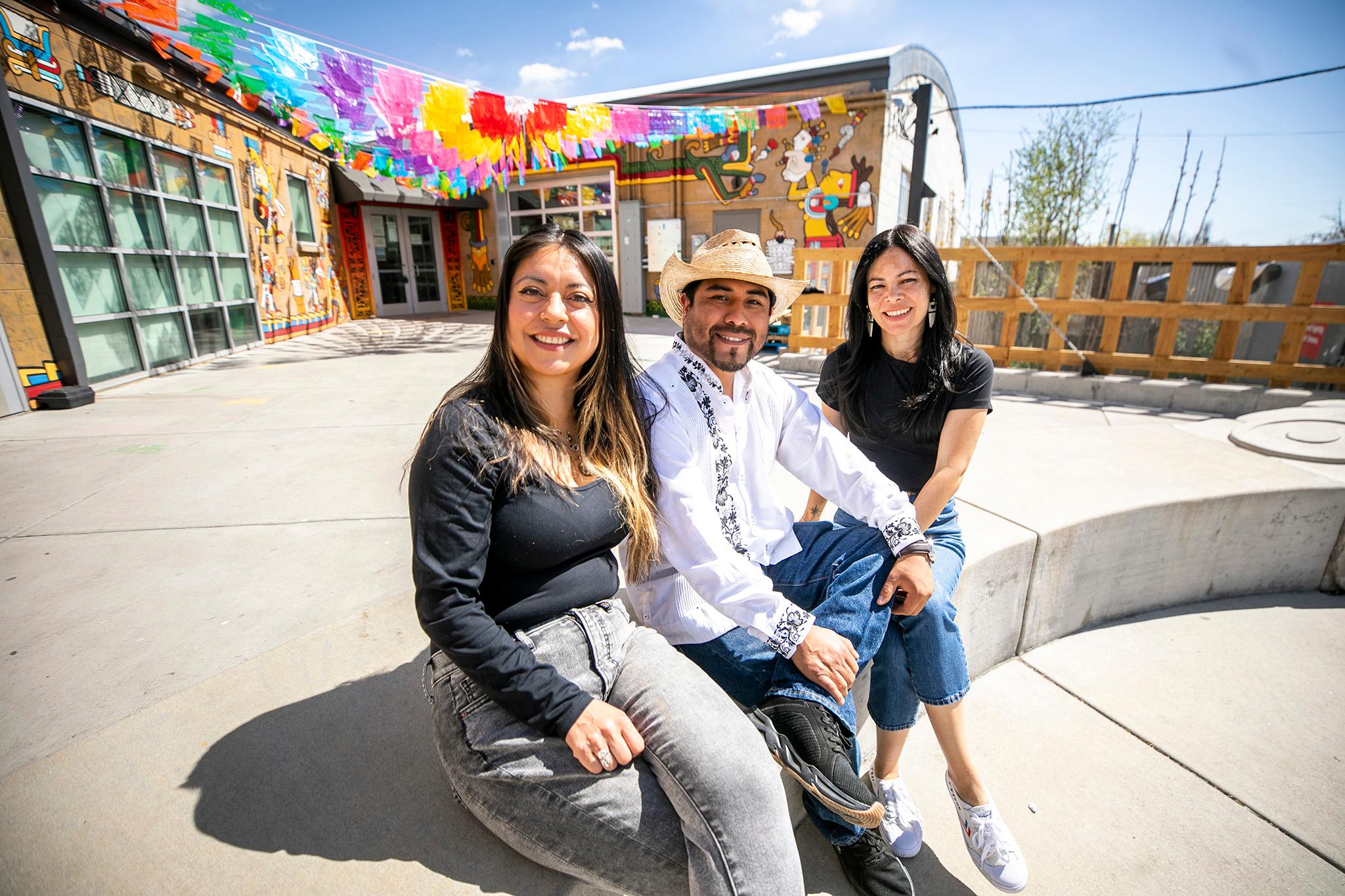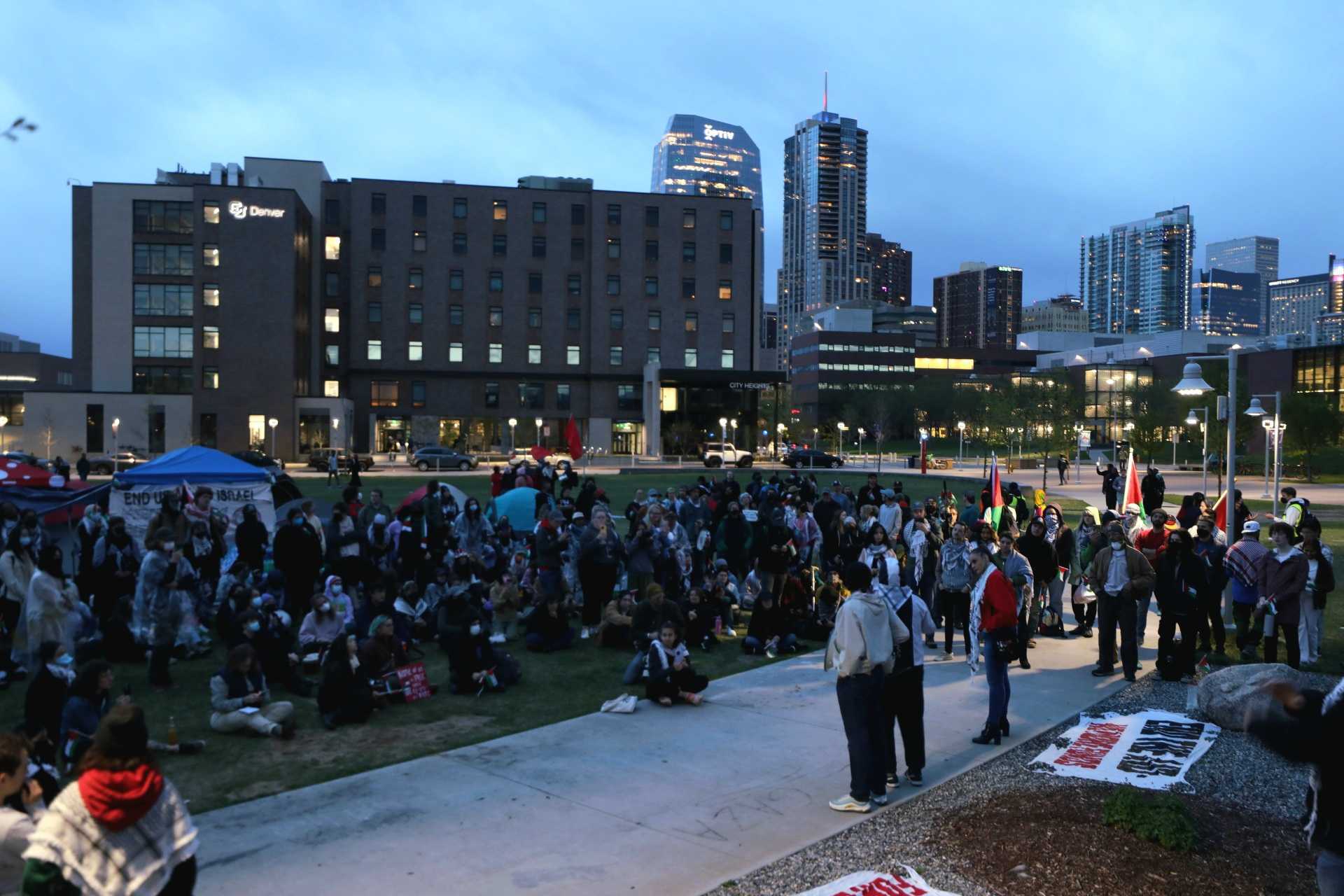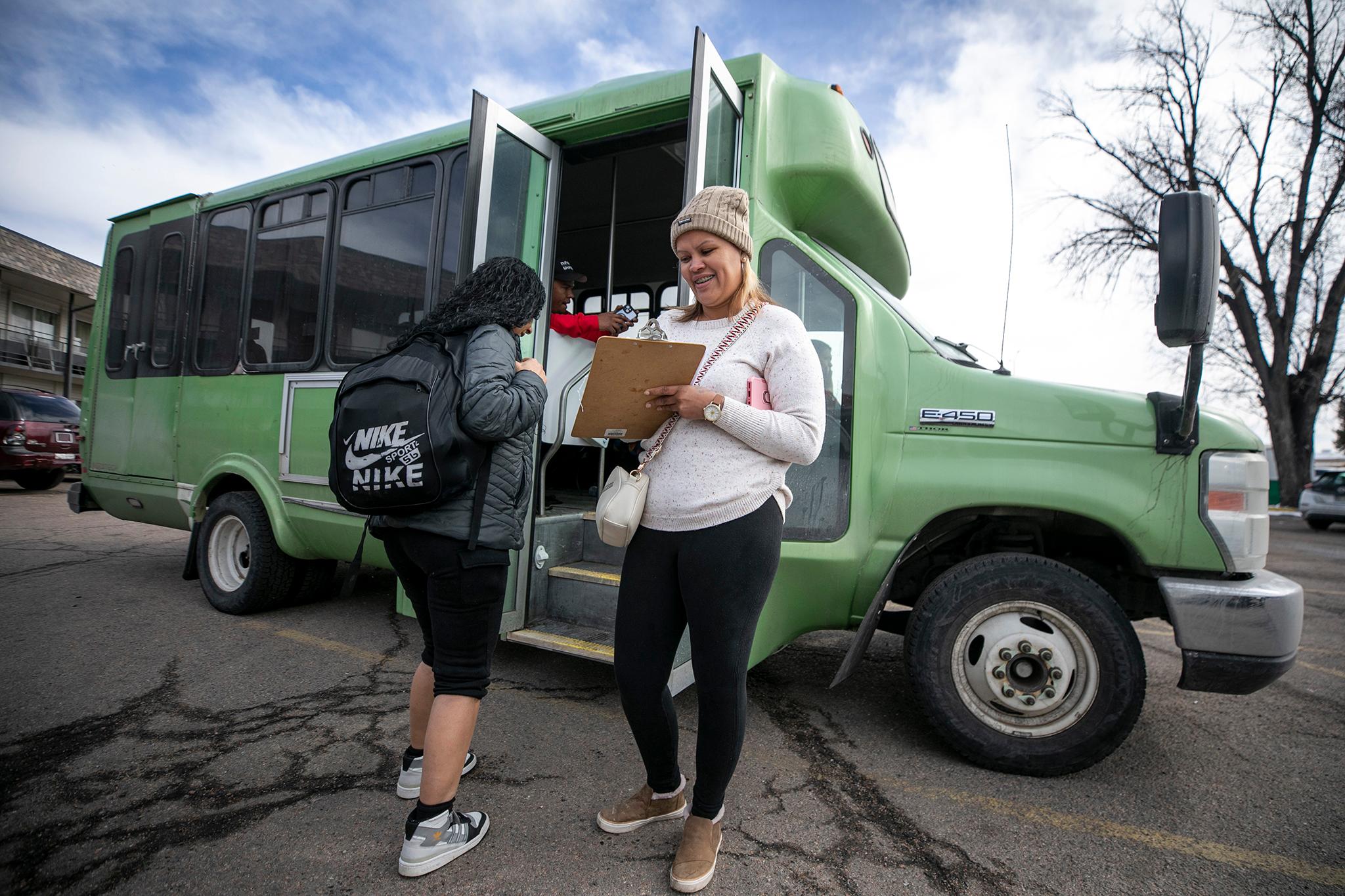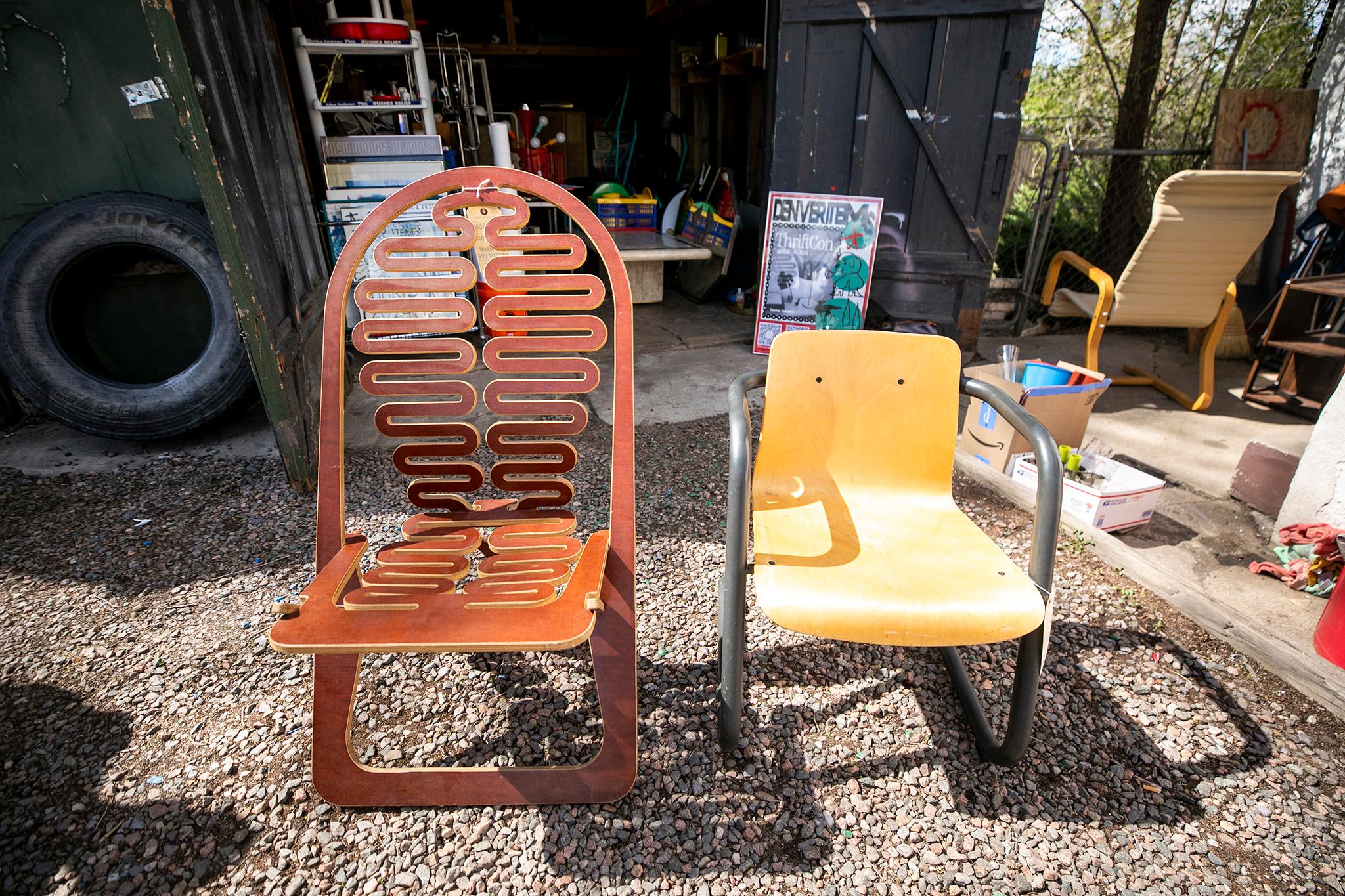Denver International Airport, or DIA as we yokels all incorrectly refer to it, served just 31 million passengers when it opened in 1995. It truly was out there back then, miles from just about anything but sunflowers and oil rigs.
Now, the airport handles nearly 70 million passengers a year and plans to keep growing. At the same time, development is creeping ever closer along its main artery to the rest of the metro: Peña Boulevard.
The city has already poured $93 million into widening the section of the highway closest to the airport. And now it's taking a step back to further study and re-evaluate its plans for the rest of the corridor -- and it wants your input in a series of open houses later this month.
"We started this mobility study back in the summer where we were interviewing employees and passengers and employers at the airport," said Shellee Casiello, DIA's communications manager. "Now, it's time to get our community's feedback."
The goal, airport officials say, is to generate a list of improvements that "increase mobility options, enhance safety, and manage demand" while also accommodating expected growth at the airport and along the corridor.
One key decision will be whether to add more lanes.
Currently, regional transportation planners have adopted long-term plans for a $263 million expansion that would add "managed" lanes. Typically in Colorado, managed lanes are free for public transit buses, high-occupancy vehicles, and other limited uses. Otherwise, drivers pay a toll.
City planners say such an expansion will "moderate or reduce" greenhouse gasses and other pollutants by reducing travel times and incentivizing travelers to car pool or take the bus.
But a large body of research shows that road expansions attract more drivers in the long run, which ultimately increases greenhouse gas emissions. A 2021 study from the University of California Berkeley studied four recent highway expansions and found general both purpose lanes and managed lanes attracted more drivers in roughly equal numbers.
"At our study sites, it appears that the travel demand effect outweighs the carpooling effect; total vehicle flows generally increase," the researchers wrote.
DIA's new study will explore expected outcomes under a slate of different options, Casiello said, including no expansion at all.
Airport officials will also study how to improve other ways of traveling along the corridor, including new incentives for passengers and employees to use RTD's parallel A-Line.
But any capital improvements to the A-Line -- like, for example, adding tracks so it could run faster -- are outside the scope of DIA's study.
"That would all go through RTD," Casiello said. "Because that's their A-Line."

Also up for exploration are new bicycle routes to A-Line stations. The little-used, down-right scary existing bike route to DIA is on Peña Boulevard's shoulder, a compromise made when city officials cut plans for a separated path back in the 1990s.
If you want to go...
- Thursday, Feb. 23, 5-7 p.m. - STRIVE Prep - Noel in Montbello
- Tuesday, Feb. 28, 5-7 p.m. - Evie Garrett Dennis Campus in Green Valley Ranch
- Virtual presentations, available online from Feb. 23 to March 9 - FlyDenver.com/Pena_Plan











